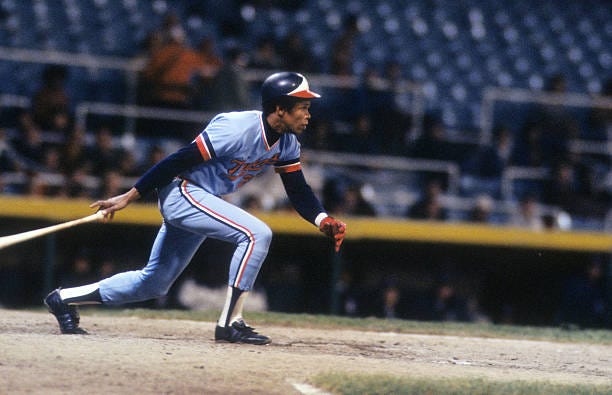
WCCO is looking back at some of the best players to ever take the field for the Twins and breaking it down by decade and position.
The second decade of Twins baseball was marked by turnover. Free agency was a new phenomenon in MLB and the Twins suffered because of it. Owner Calvin Griffith was notoriously frugal with player and several left for greener pastures across the decade.
The Twins made the postseason in 1970, then never finished above third place in the AL West the rest of the decade. By 1979, he roster had almost totally turned over and the team began a complete rebuild heading into the 80's. A theme you'll see in the list below, players had good years and were allowed to be a free agent or were traded. Including the three biggest names of the decade, Killebrew, Blyleven and Carew.
Just like our list from the 1960's, we picked a player for each position (which they had to actually play), along with three starting pitchers and a reliever.
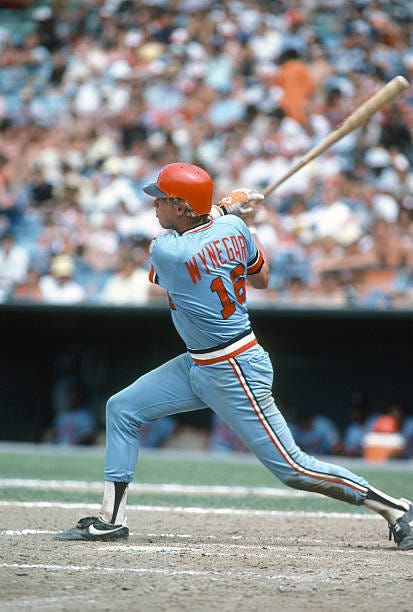
Catcher: Butch Wynegar. Wynegar was the runner-up for Rookie of the Year in 1976 and an All-Star. He followed that up with another All-Star appearance in 1977. He never matched those two seasons again in his career and was eventually traded to the Yankees prior to the 1982 season. But Wynegar’s first two seasons put him up there with the best catchers in the game in the 70’s.
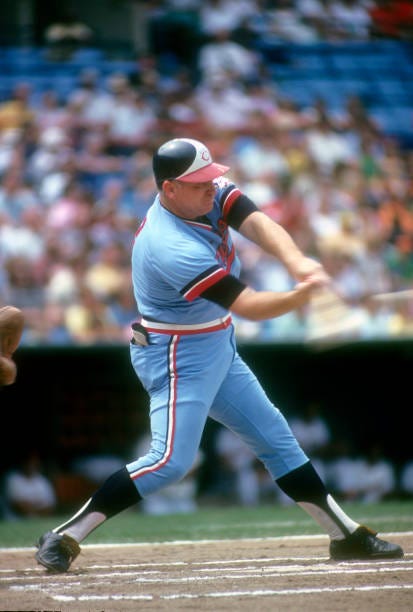
First Base: Harmon Killebrew. You could put Rod Carew here. He split most of his time with the Twins between first and second base. Beyond Carew, there isn’t a lot to pick from at either position. So we’re picking Killebrew who played just as much at third base as he did first base in 1970 and 1971 before staying there in 1972. Killebrew was far better in 1970 when he hit 41 homers and drove in 113 runs. He dropped off a bit in 1971 and 1972 but still posted 28 and 26 round-trippers respectively. Harmon’s career dropped off after that and he was in Kansas City by 1975 for his final season in the majors.
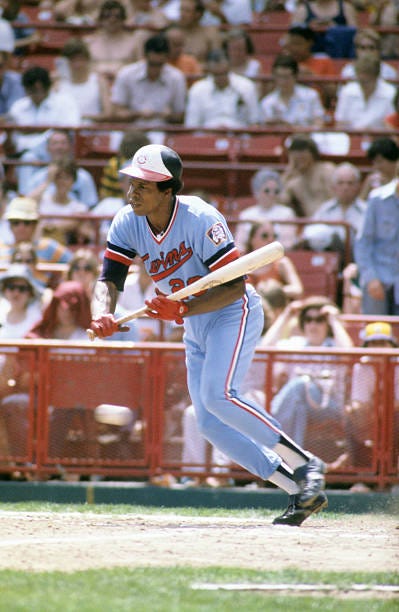
Second Base: Rod Carew. One of the dominant hitters of the entire decade, Rod Carew will be our second baseman. From 1970 through 1978 (when he was dealt to the Angels), Carew hit .354 and led the league in hitting six times. 1977 Carew went to another level, winning the MVP and flirting with a .400 average. He finished at .388, the highest in Twins history.
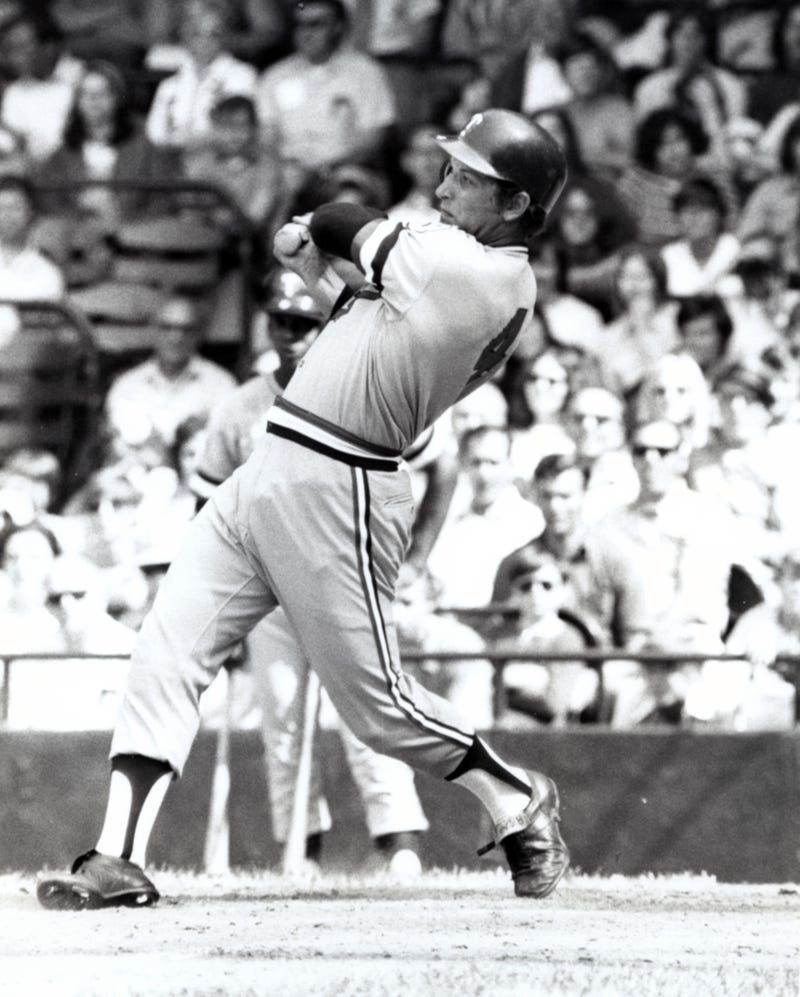
Third Base: Steve Braun. Another spot we could have put Killebrew, but we went with first base instead for "Killer". That leaves a few options at third: Steve Braun, Eric Soderholm, Mike Cubbage, and John Castino. It’s hard to choose between the four with Braun and Cubbage playing many more games in the 70’s than Castino or Soderholm did. We’ll go with Braun who was the most consistent hitter of the bunch (Castino’s better years were in the 80’s). Braun hit over .280 five straight seasons (’72-’76) and was a decent enough fielder to get the nod.
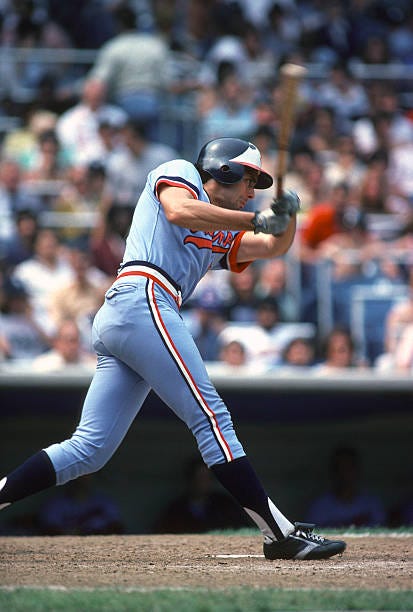
Shortstop: Roy Smalley. Smalley joined the Twins in 1976 after being dealt by the Rangers in a deal that sent Bert Blyleven to Texas (more on that below). Smalley was a very good player for the Twins in the last half of the decade. His best season was 1979 when he was an All-Star and hit .271 with 24 home runs (a lot for a SS in that era), with 95 RBI. He played all 162 games and led the league in plate appearances.
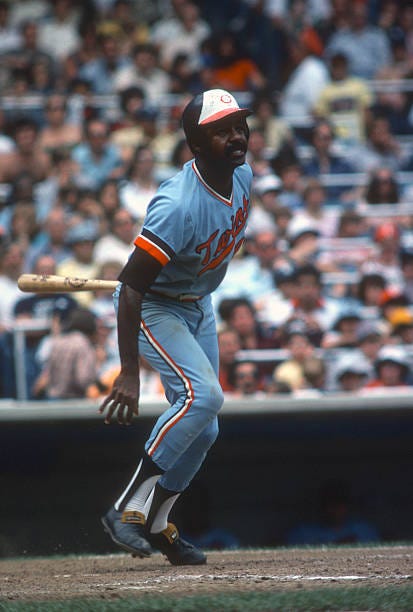
Left Field: Larry Hisle. Hisle was a very good player for the Twins. He played all over the outfield in his years in Minnesota. Hisle was at his best in 1976 and 1977 where most of his games were played in left. Hisle actually finished third in MVP voting in ’78 when he hit 34 home runs with 115 RBI after he signed as a free agent in Milwaukee (one of the many players the Twins let get away by the notoriously frugal Griffith). But his best year was ’77 in Minnesota when Hisle hit .302 with 28 homers and 119 RBI.
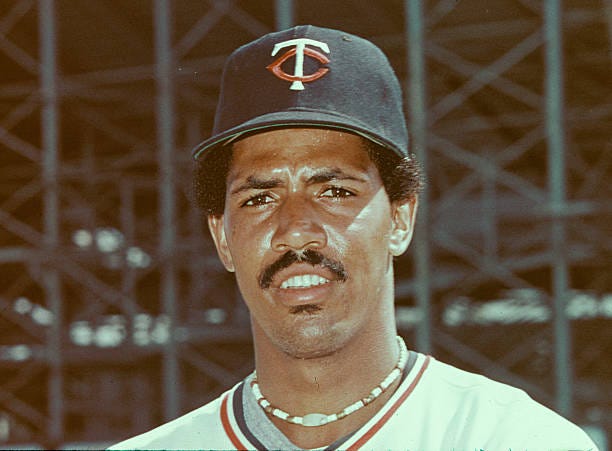
Center Field: Lyman Bostock. Another position where you could really consider four names (Bostock, Cesar Tovar, Ken Landreaux and Dan Ford). It was a turnstile position all decade. None of them played long enough with the Twins in CF to stand out, but we’ll go with Bostock whose career was cut short by a tragic shooting while he was a passenger in a car in Gary, Indiana. But while he played with the Twins, Bostock could hit. He hit .323 and .336 his two full years patrolling center field in '76 and '77. Just like Hisle, the Twins didn’t want to pay Bostock who signed with California as a free agent a year before the sad end to his life.
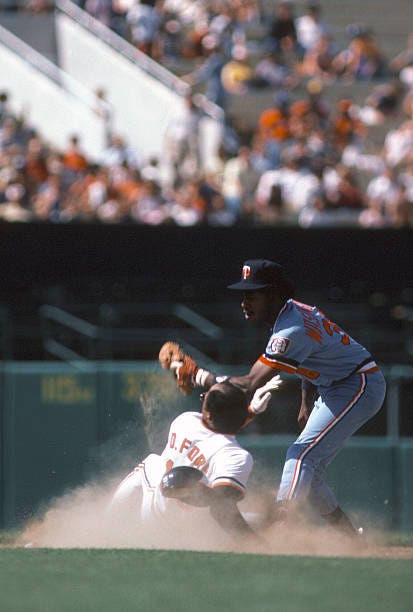
Right Field: Dan Ford. The Twins of the 70’s were marked by constant turnover as we've mentioned. Free agency, ownership that was constantly trying to save money, teams that were not successful, all of which contributed to changing positions and players. While Tony Oliva played right field early in the decade, he’s going to be our DH. Which leaves who for right field? We’re going back to Dan Ford who played RF in ’76, ’77 and ’79 with stints in CF along the way too. A good hitter, Ford was good for 80+ RBI each year in RF and hit .290 in ’79. That’s enough to get the nod over Hoskin Powell and Bobby Darwin who were the other two primary right fielders in the decade beyond Ford and Oliva. Darwin actually led the league three times in strikeouts which tells you what we’re dealing with here. Ford is the choice.
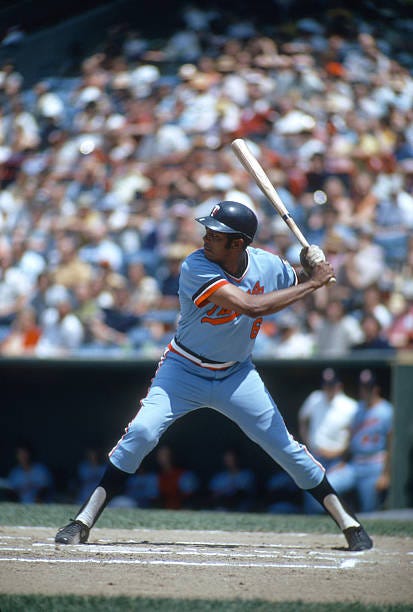
Designated Hitter: Tony Oliva. Tony’s knee injury in 1972 took him off the field and made him the Twins first designated hitter when the rule was established in the American League in 1973. Tony could still hit despite the bad knees. While he never reached the heights of his years in the ‘60’s, Oliva hit. 291, .285 and .270 his first three of years at DH. It came to a screeching halt in ’76 as Tony’s body couldn’t do it anymore and his career came to a close.
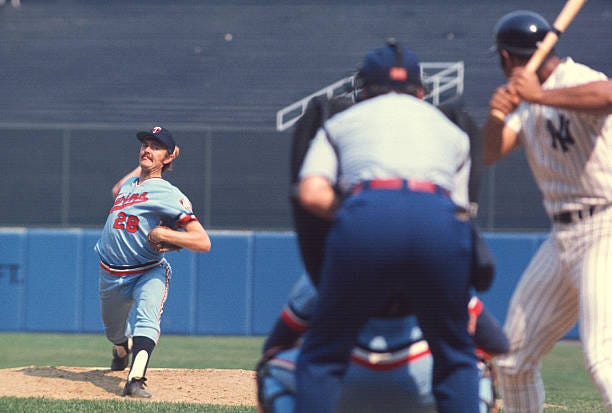
Starting Pitcher: Bert Blyleven. Captain Curveball began his Twins career in 1970. Over two stints with the team, Blyleven is second only to Kaat in victories and innings pitched, and first in strikeouts and complete games. He was traded to Texas in 1976 due to a contract dispute with owner Calvin Griffith (sound familiar?). His first six years he was the Twins top pitcher winning at least 15 games each full year in Minnesota. He finally got his Hall of Fame call in 2011. Somehow, Blyleven only made two All-Star games despite his fantastic career, a measure of his longevity and consistency.
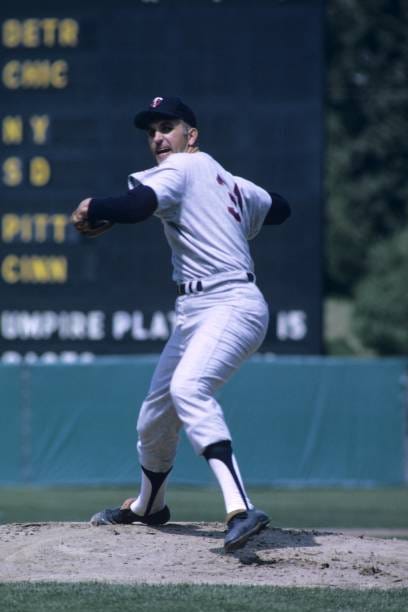
Starting Pitcher: Jim Perry. He started his career in Minnesota in 1963, but it was really the 1969 season where Jim Perry established himself as a very good starting pitcher winning 20 games. He followed that up in 1970 with 24 wins which led the AL and won him the Cy Young Award for the last Twins postseason team until 1987. Perry won 17 games in 1971 but dropped to 13 in 1972 after which he was traded to Detroit for someone named Danny Fife and cash. We don’t remember Danny Fife either. Perry had two more solid years in ’73 and ’74. In 1975 he pitched poorly for both Cleveland and Oakland, then called it a career.
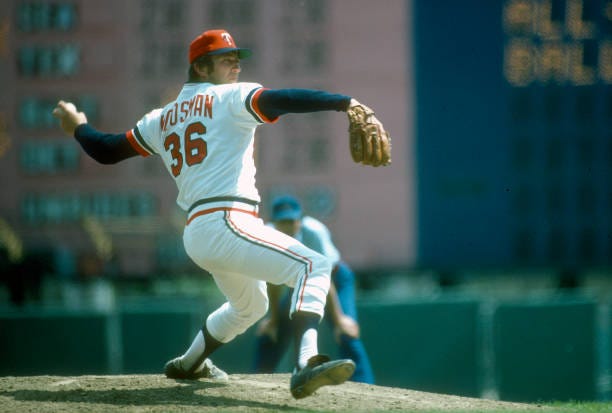
Starting Pitcher: Jerry Koosman. We could have put Jim Kaat in here again. Kaat pitched for the Twins fairly effectively through 1973 when he was waived by the team (yes, they "waived" Jim Kaat). Koosman only pitched 2 1/2 seasons in Minnesota, 1979, 1980 and part of 1981 when he was traded to Chicago. But boy was he good in 1979 and he gets the nod for that one great year. The Twins weren’t good. They finished 4th in the AL West that season. Smalley and Landreaux had good years but that was about it for a team stuck in a rut by 1979 (they hadn’t finished better than 3rd since 1970). Koosman came to the Twins after starring for the Mets for many years, then having awful seasons in ’77 and ’78 (he was a combined 11-35 those two years!). Most thought his career was over. But Koosman rebounded and won 20 games for the Twins with 10 complete games in a season that shocked everyone.
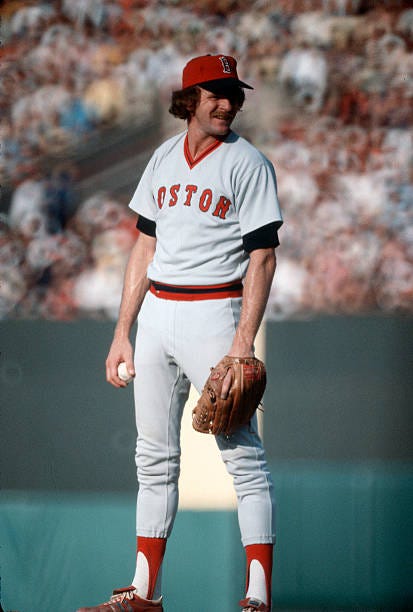
Relief Pitcher: Bill Campbell. Mike Marshall was the best relief pitcher in baseball in 1979 and finished 5th in AL Cy Young Award voting after he saved 32 games, finished an MLB record (still to this day) 84 games which is downright silly. But we’re going with the more consistent Bill Campbell. He pitched out of the Twins bullpen from 1973 through 1976. His ’76 season was just as remarkable as Marshall’s 1979 season. Without starting one game all year, Campbell won 17 games out of the bullpen which is almost unheard of (the MLB record is 18). Campbell finished the year 8th in MVP voting….as a relief pitcher! But alas, like so many players in the 1970’s, he was allowed to be a free agent and signed with Boston following the ’76 season and saved 31 games for the Sox in 1977.

